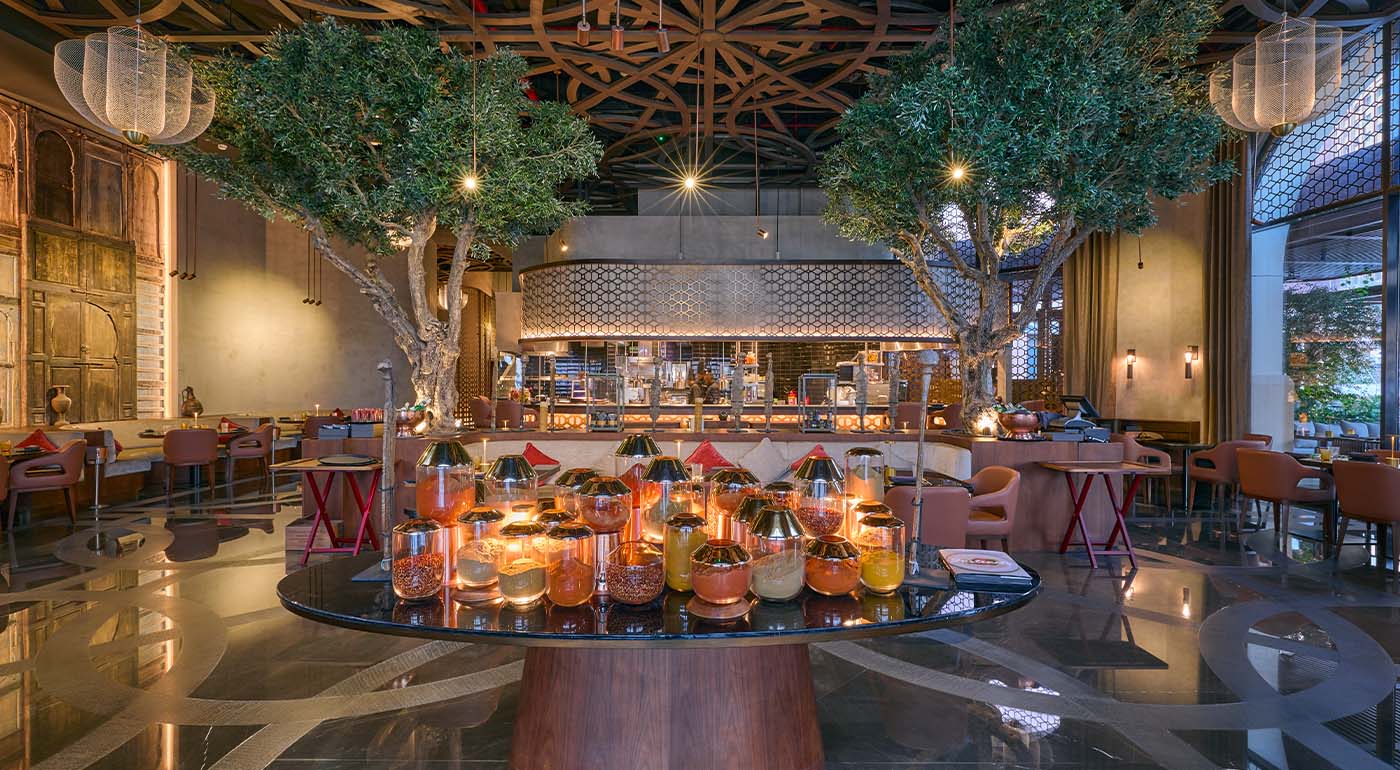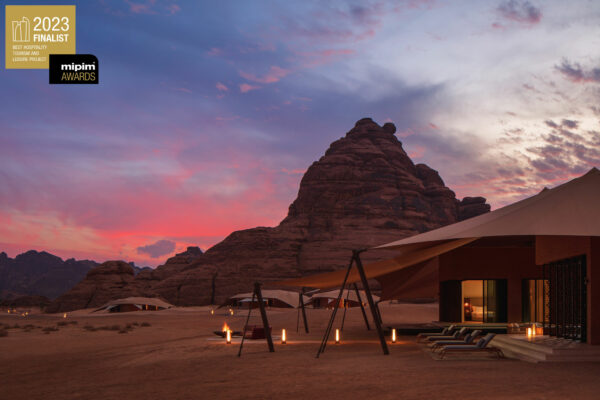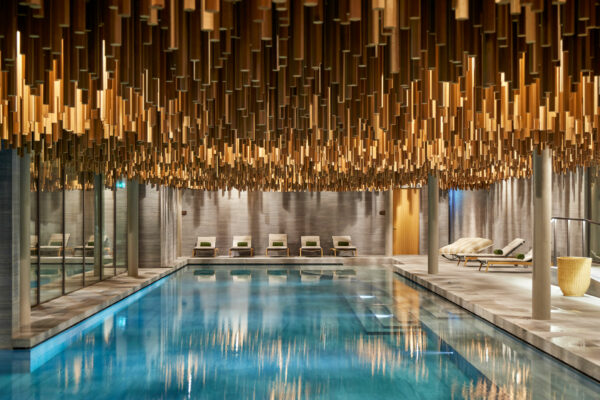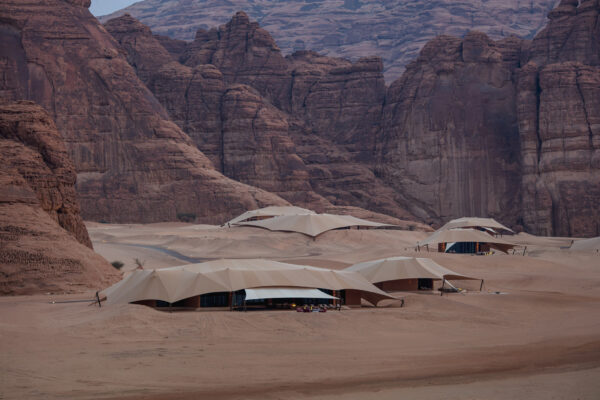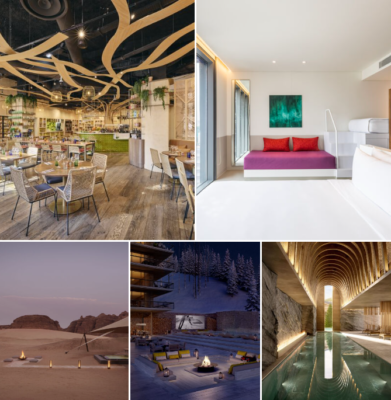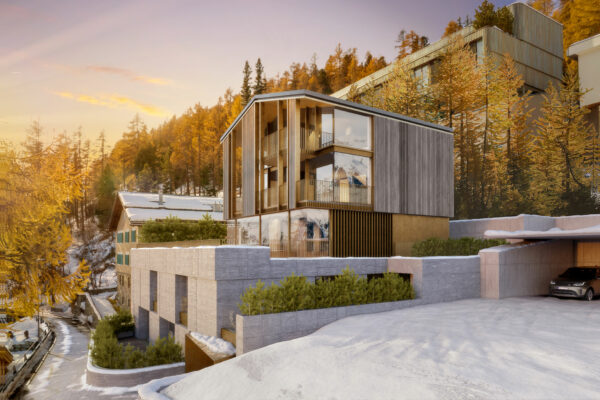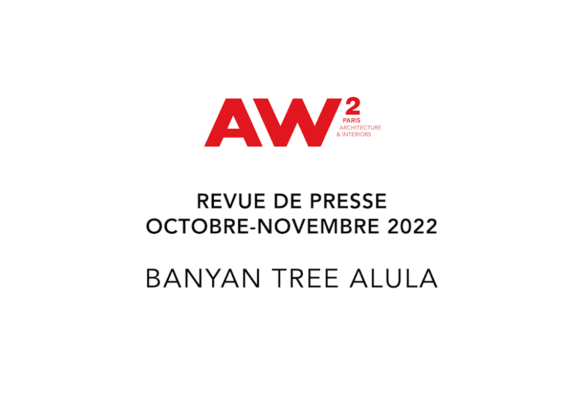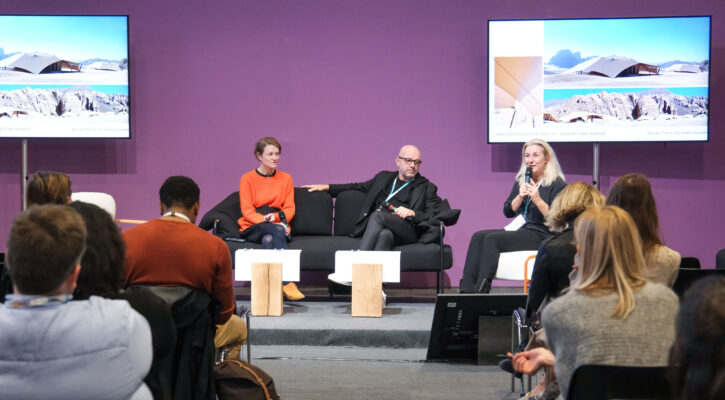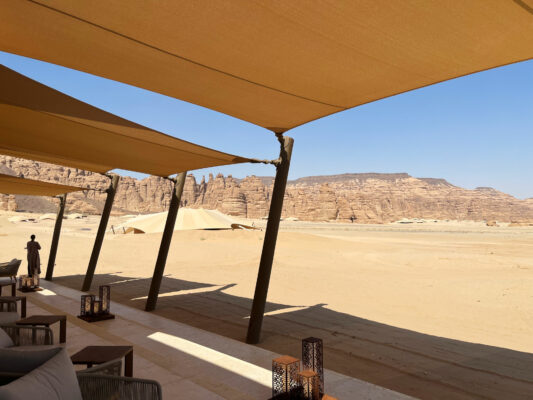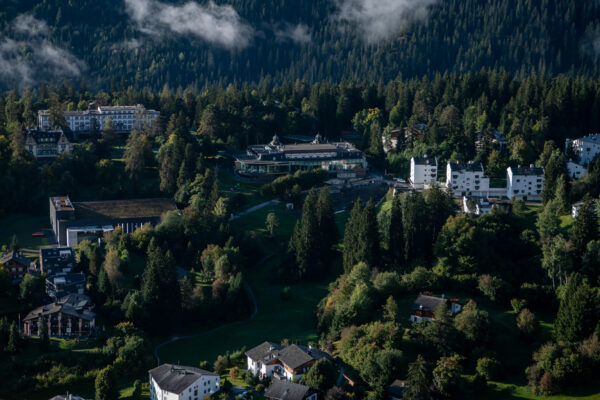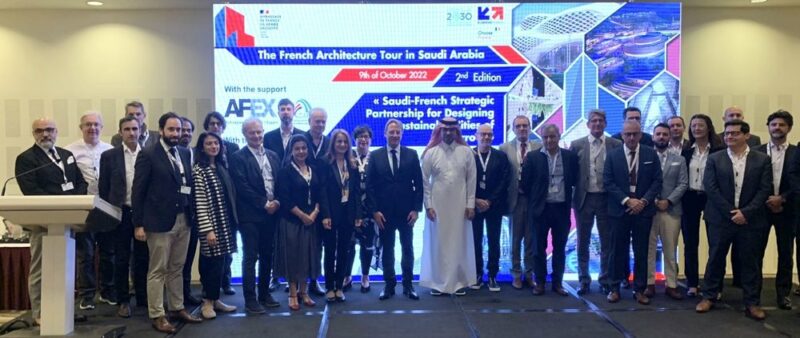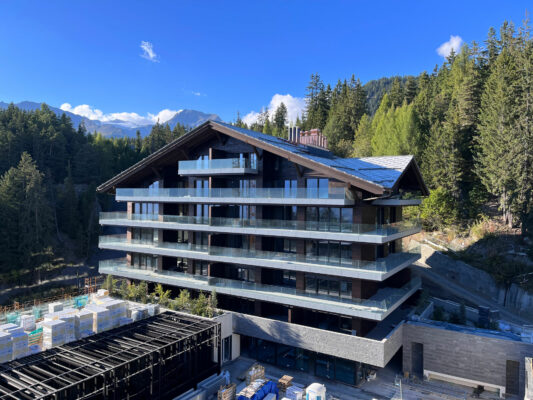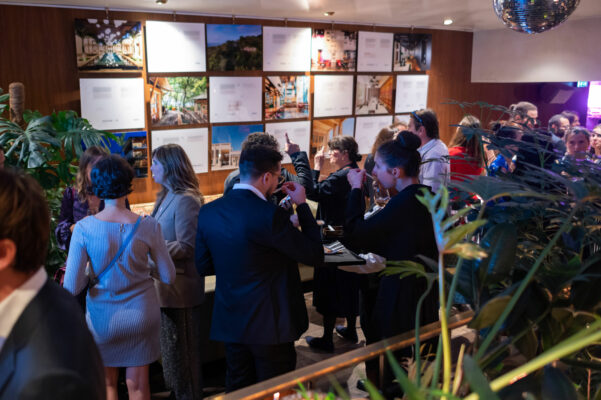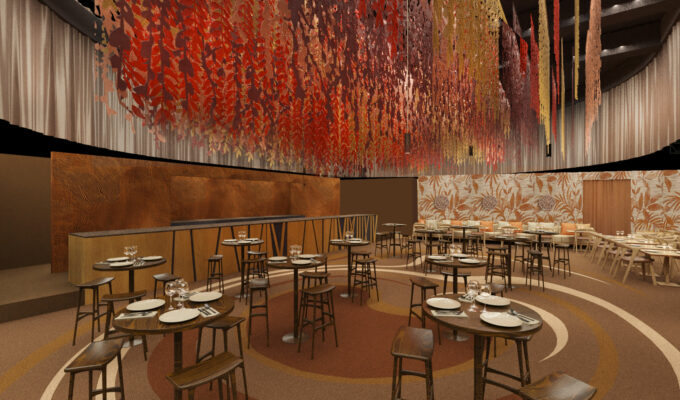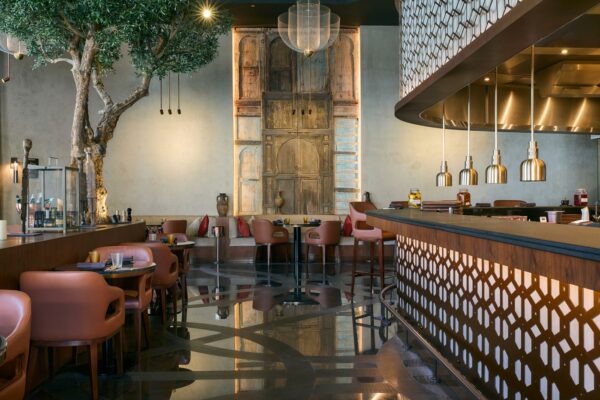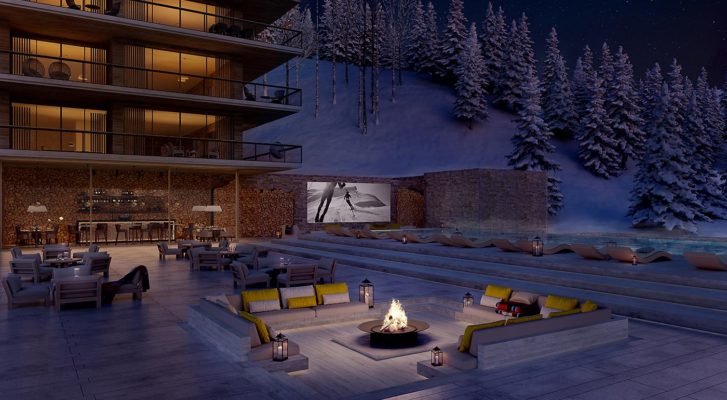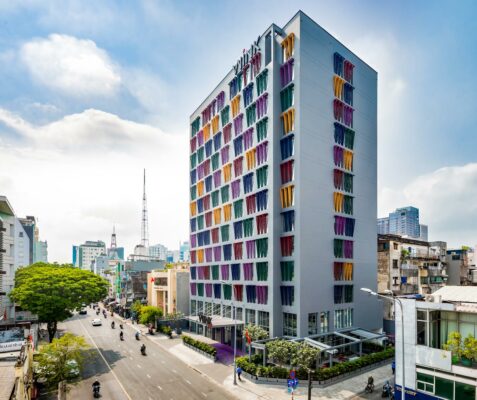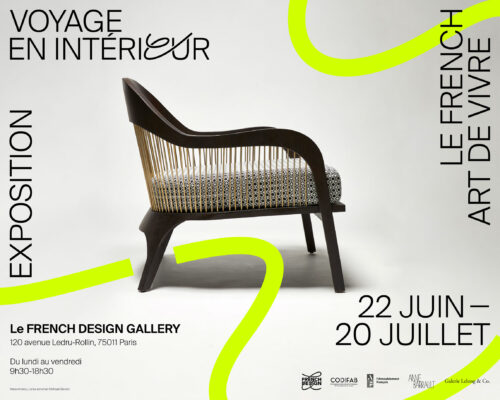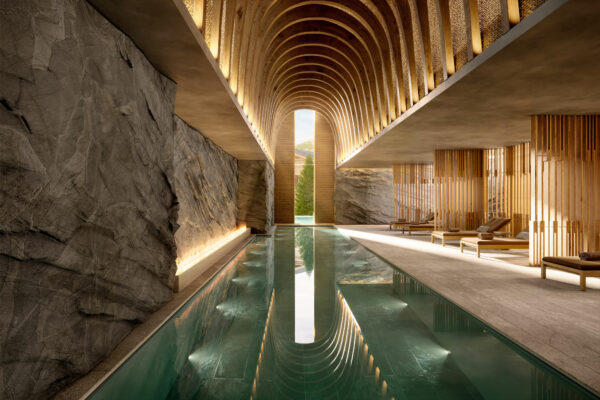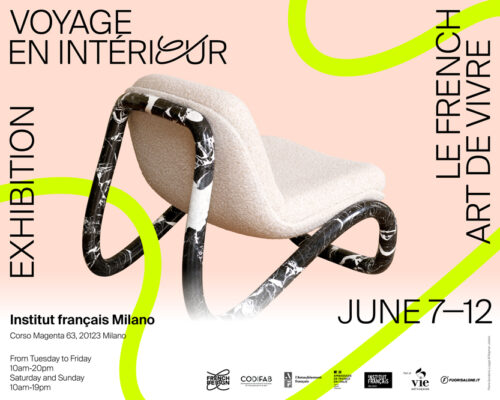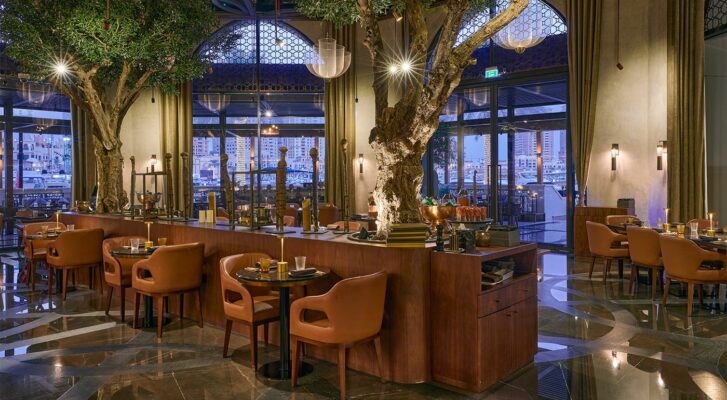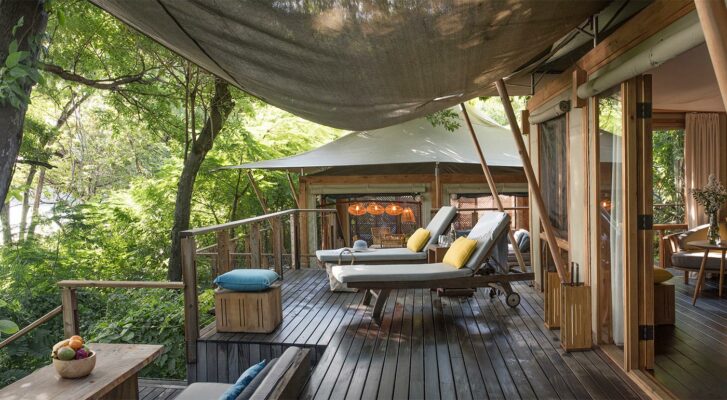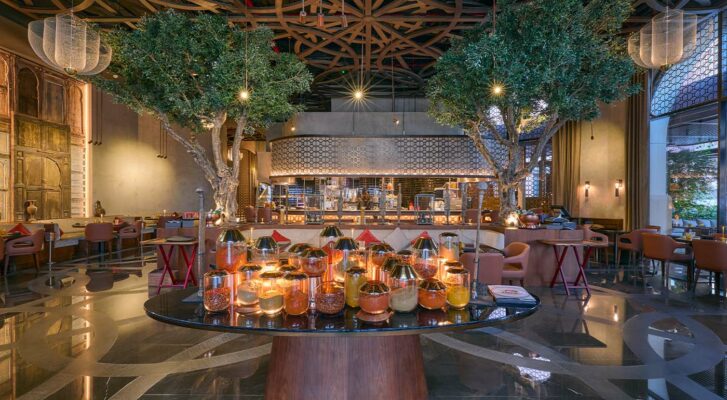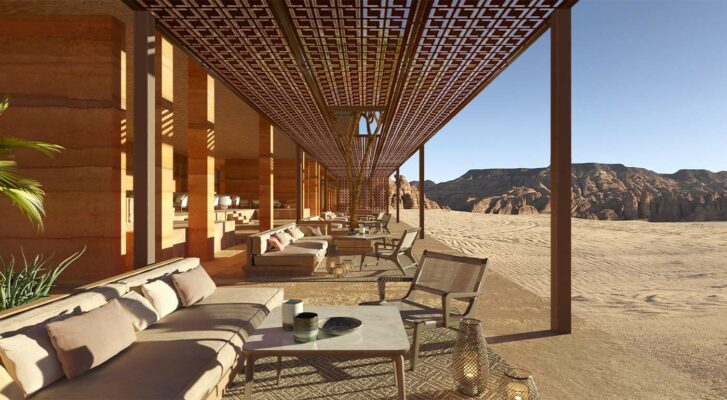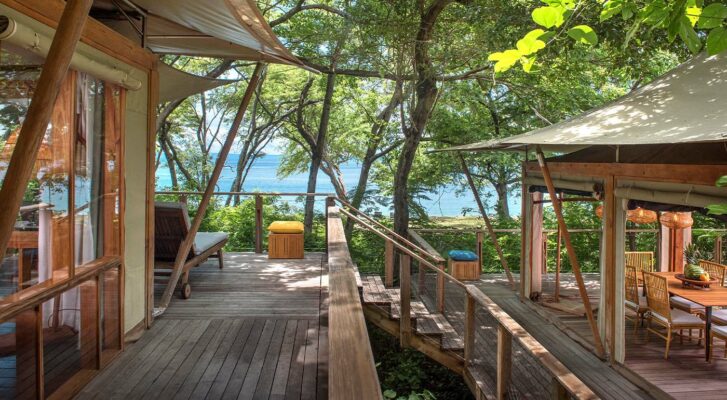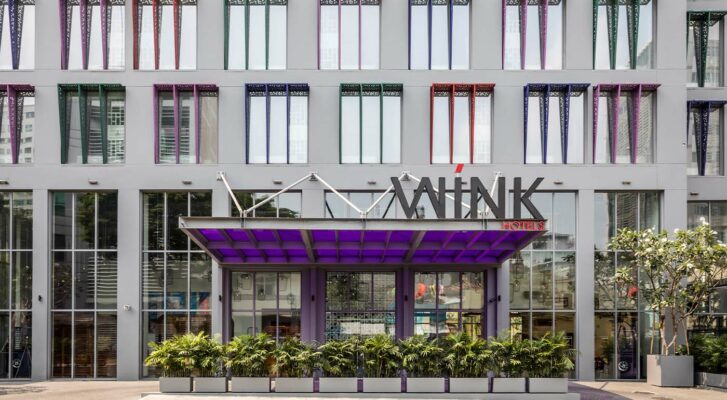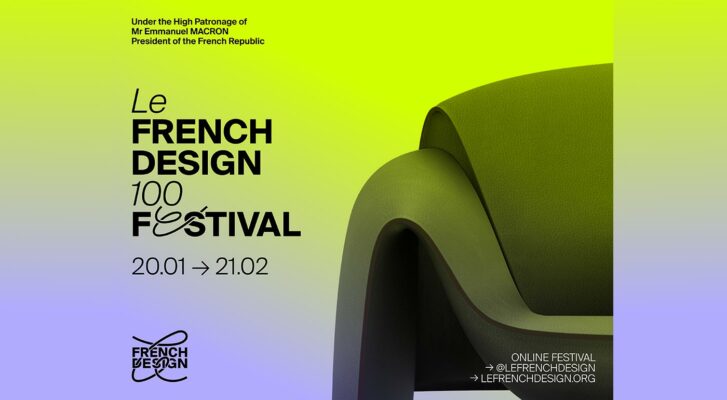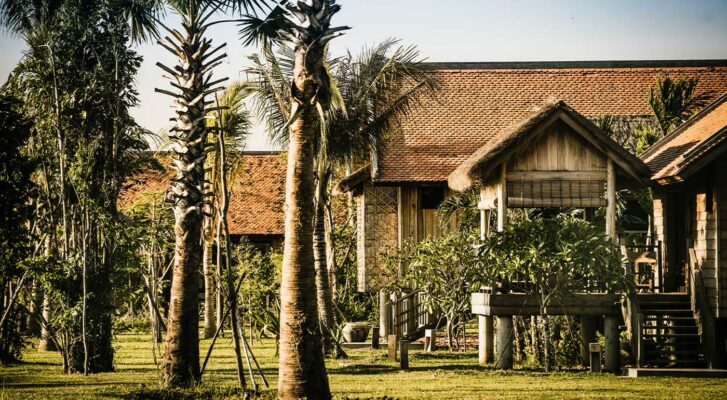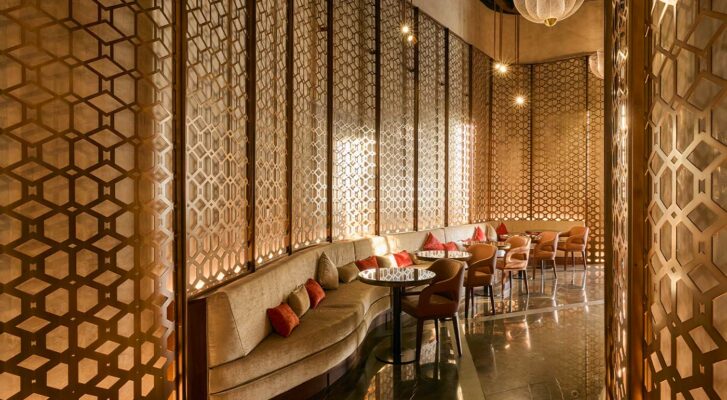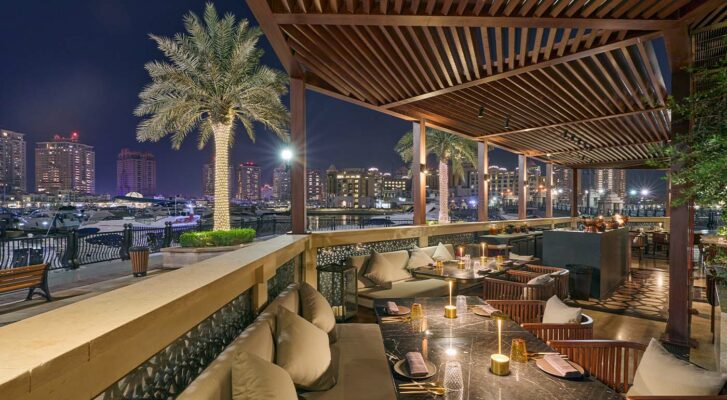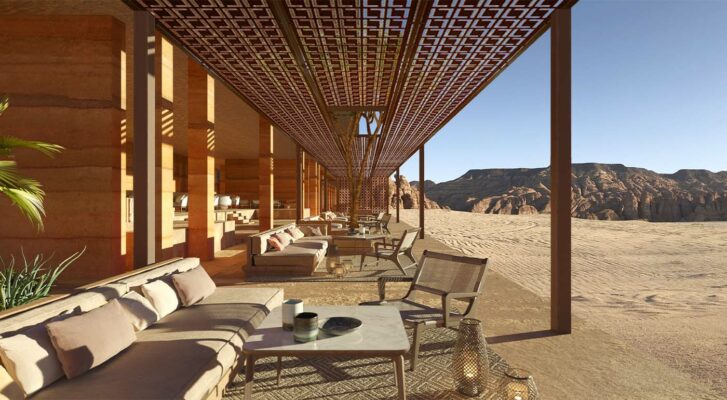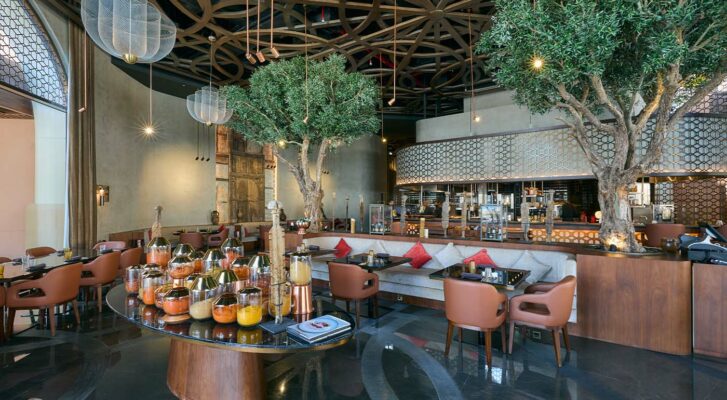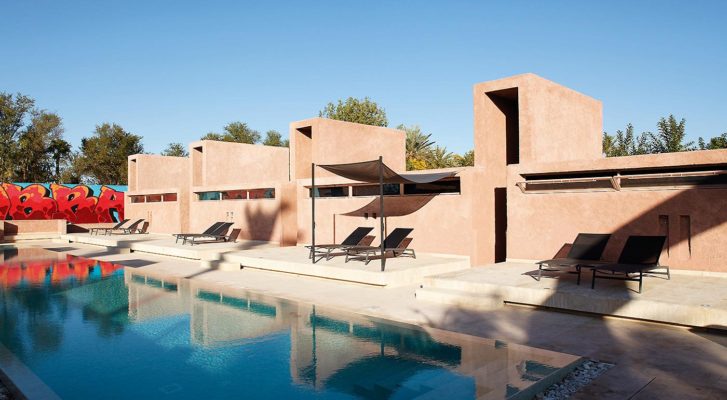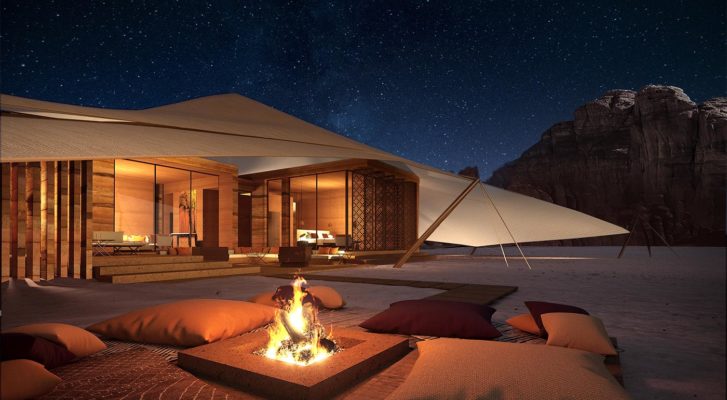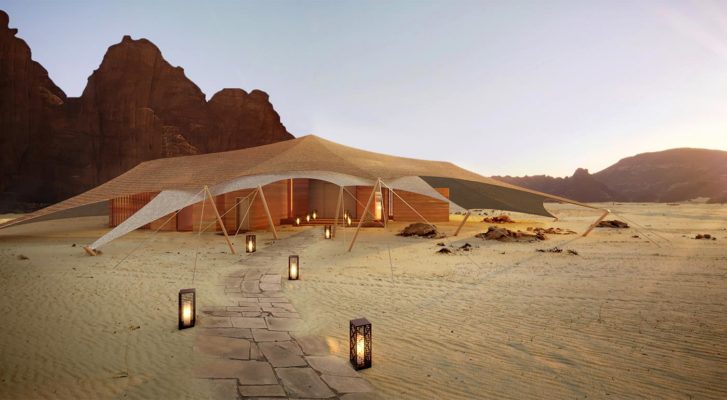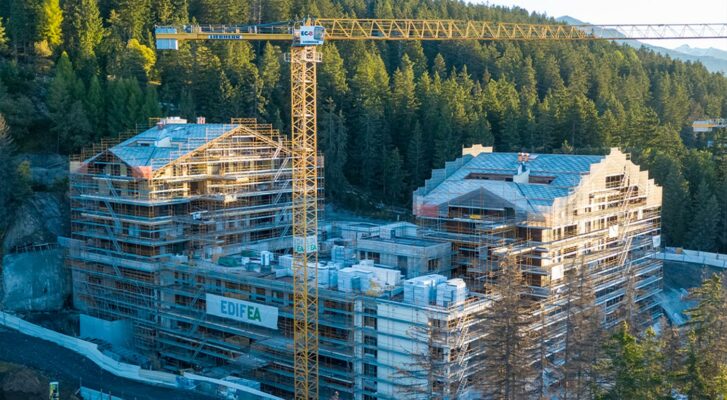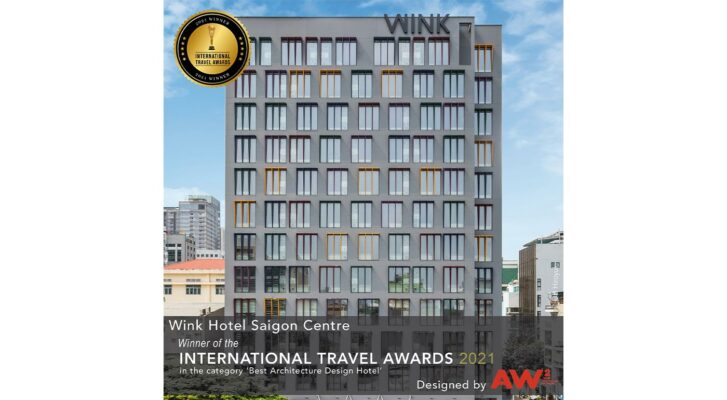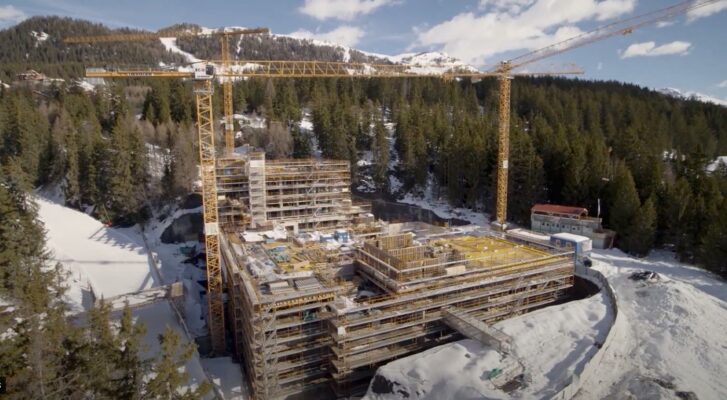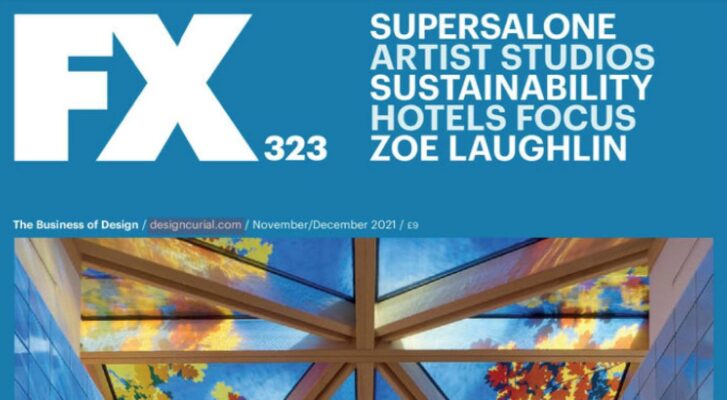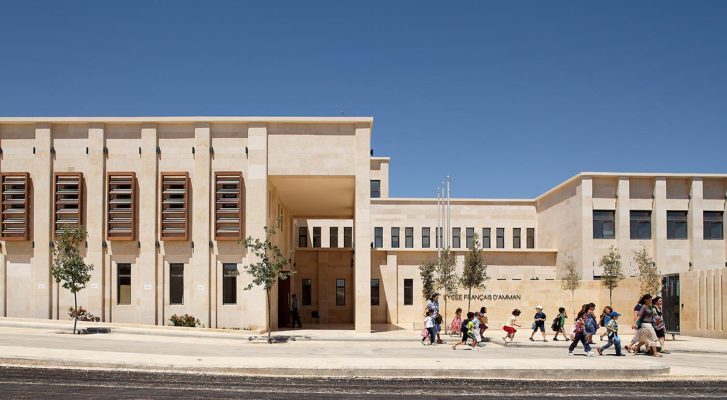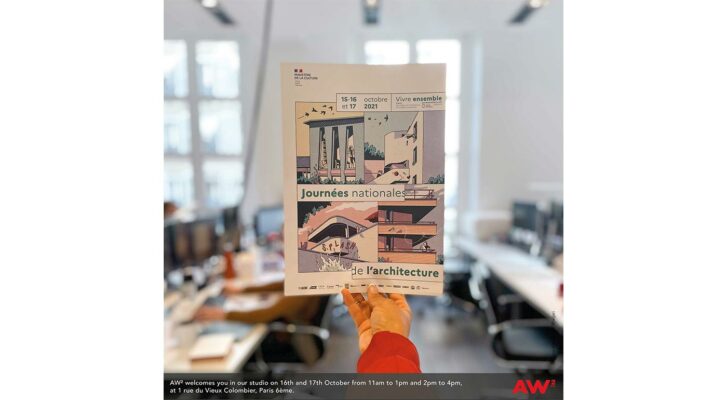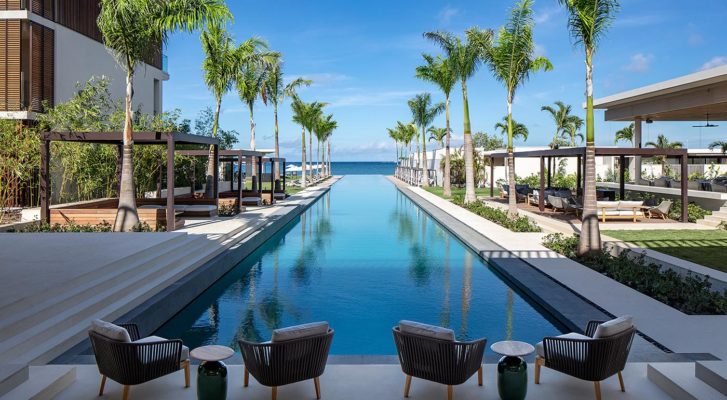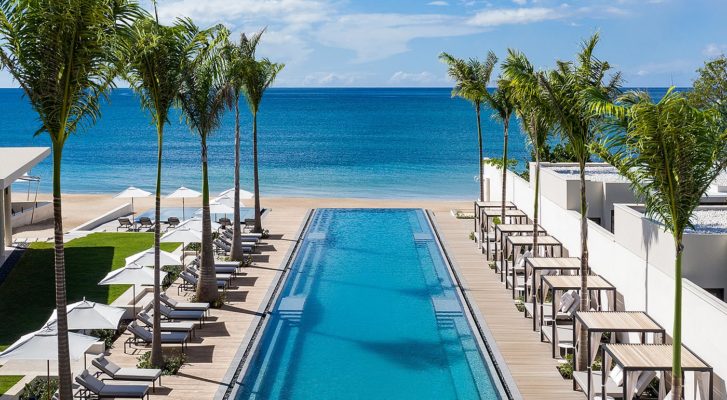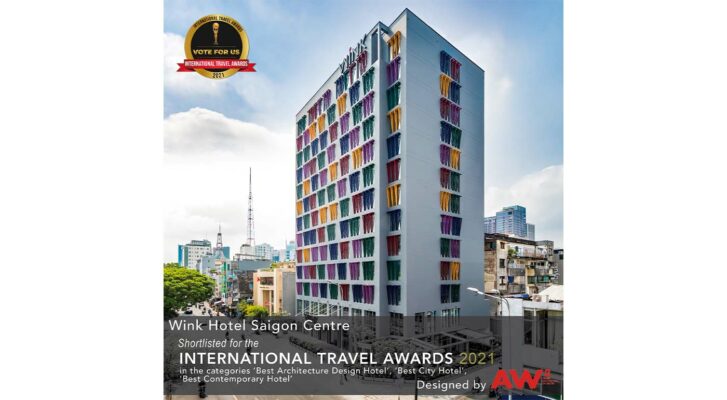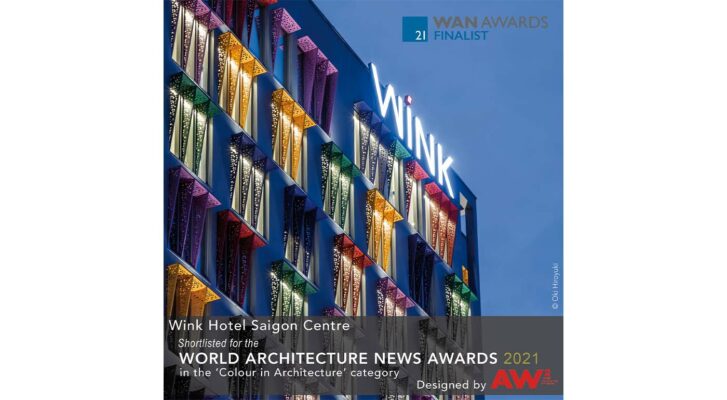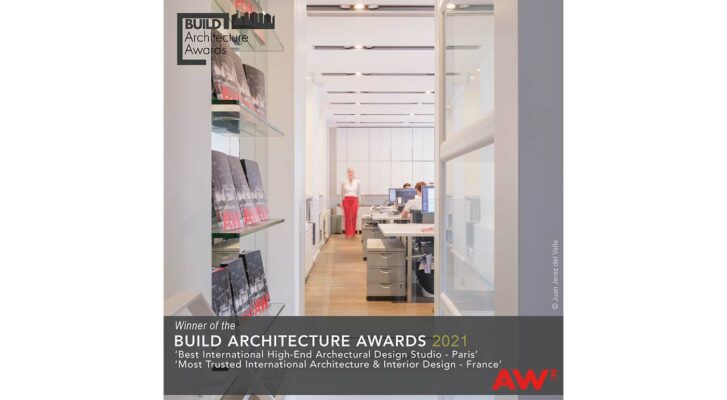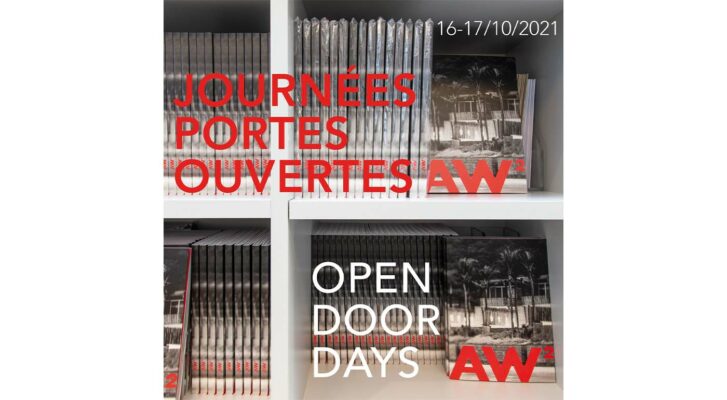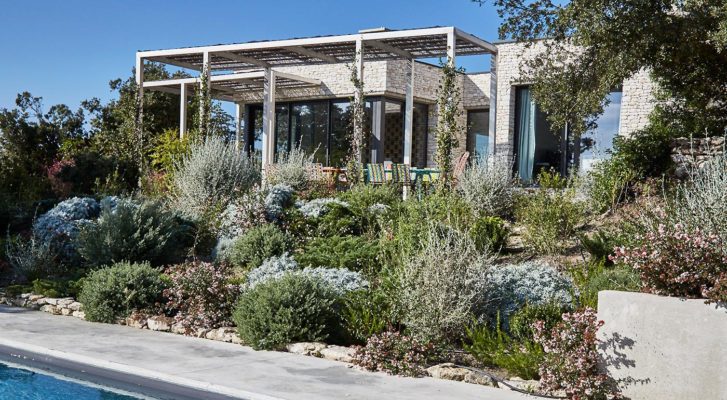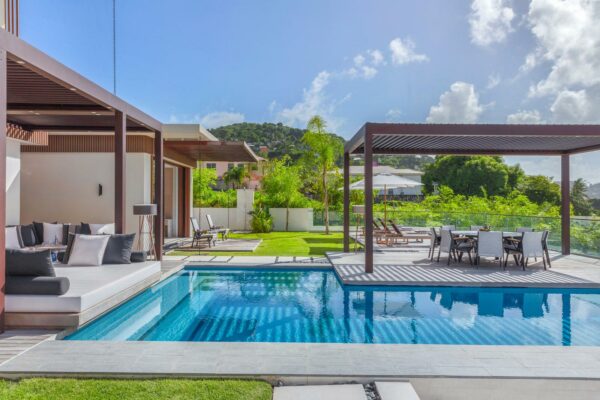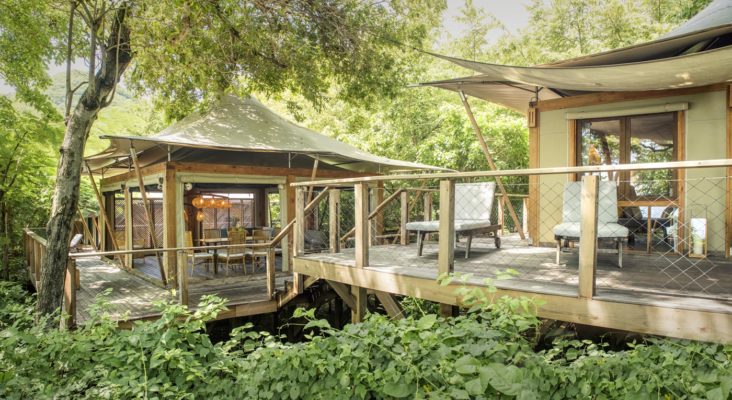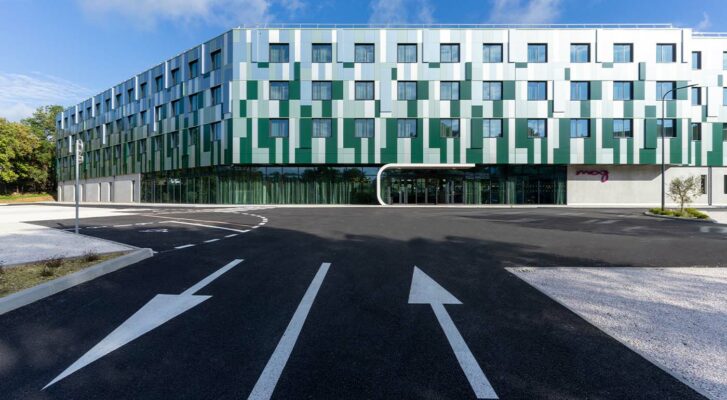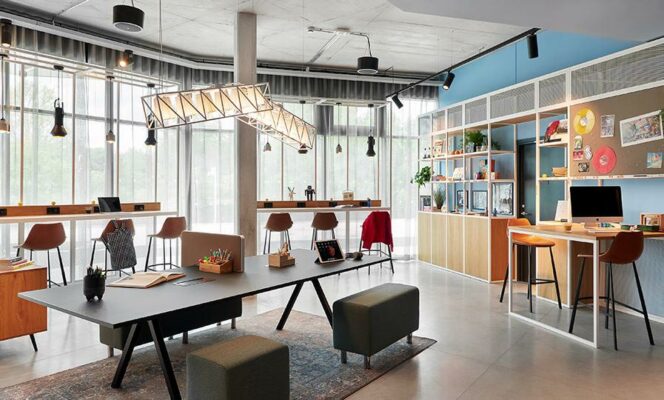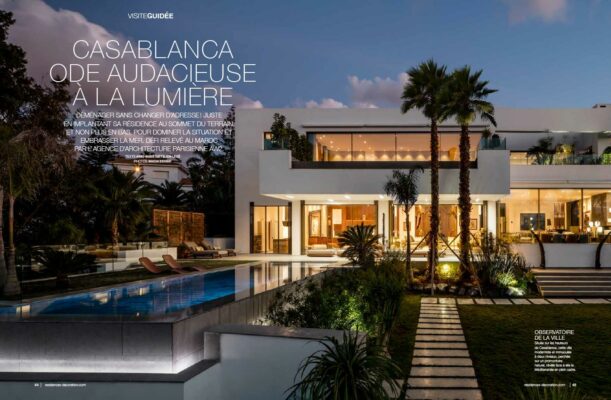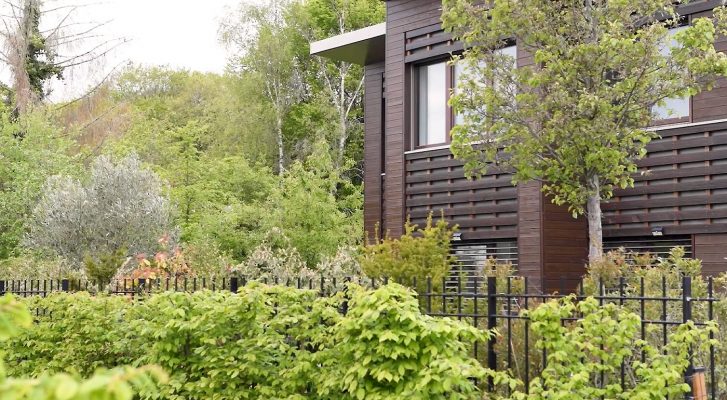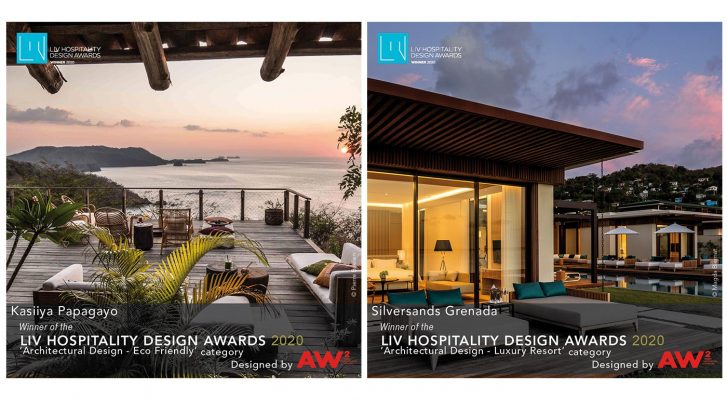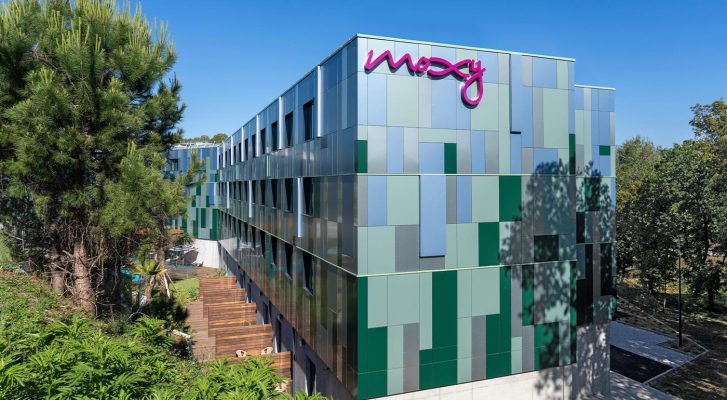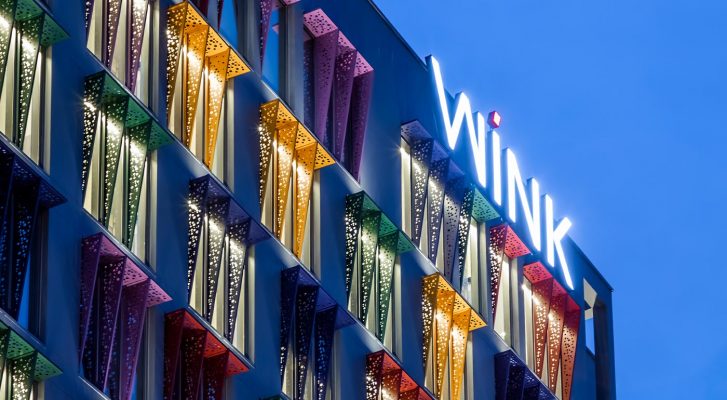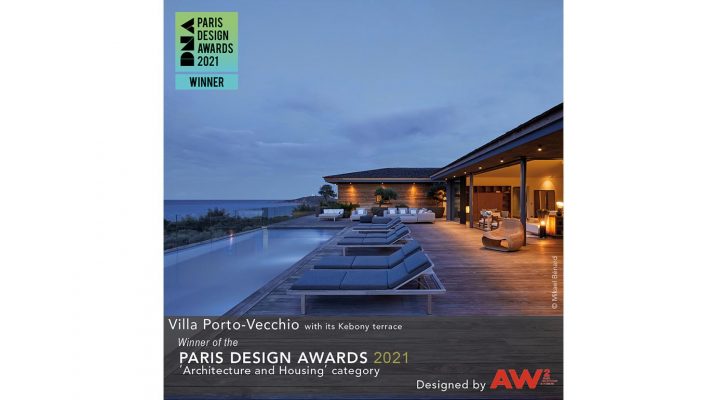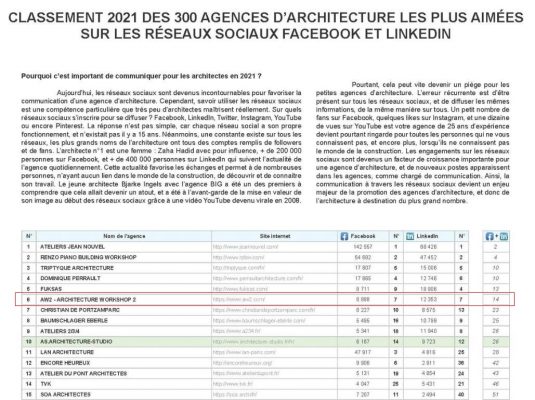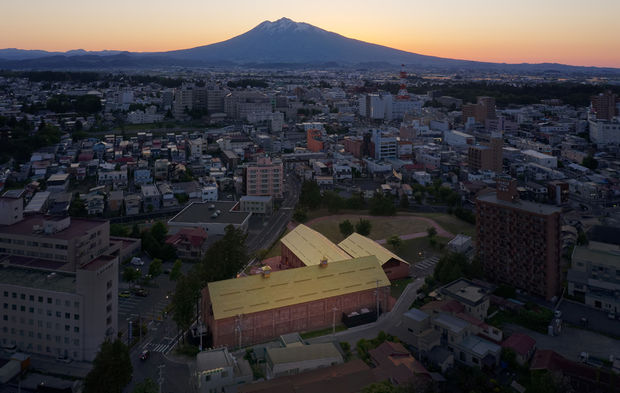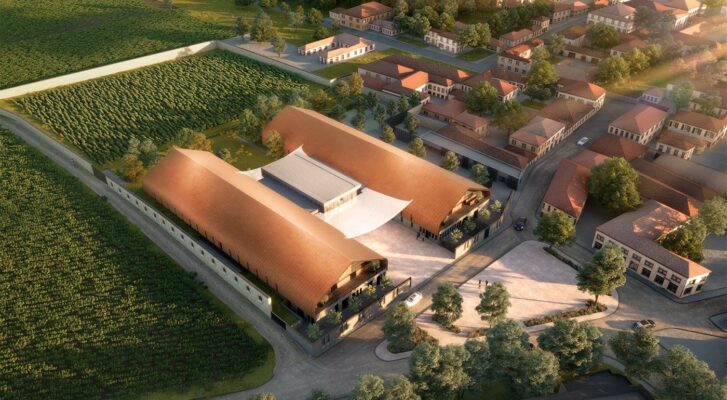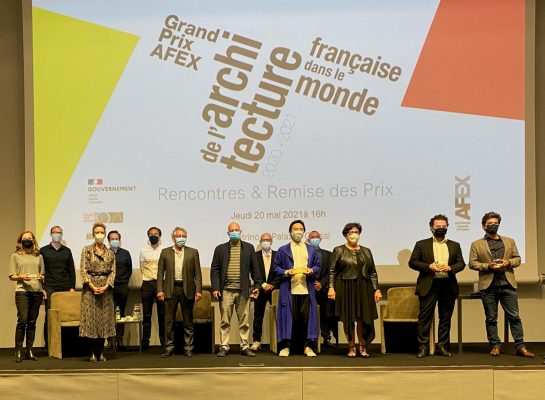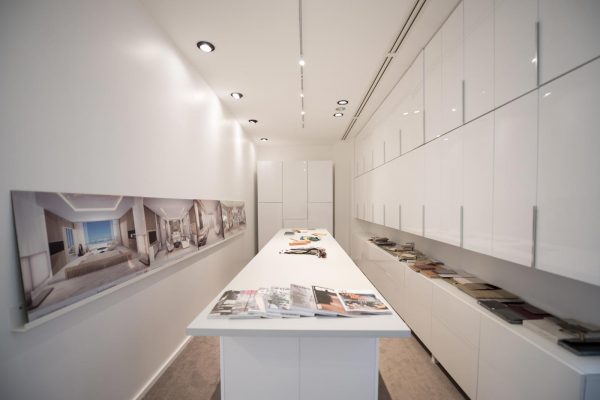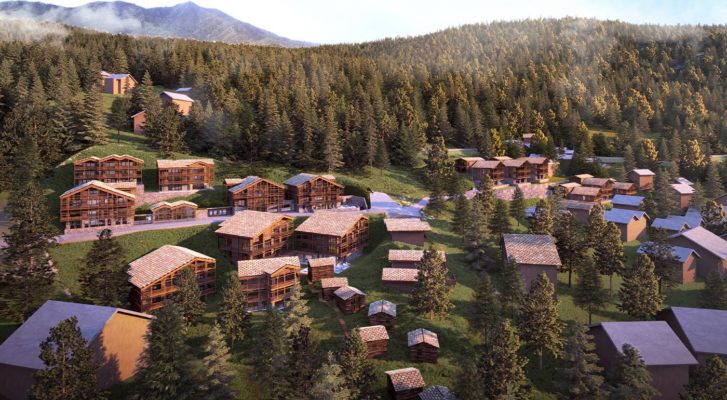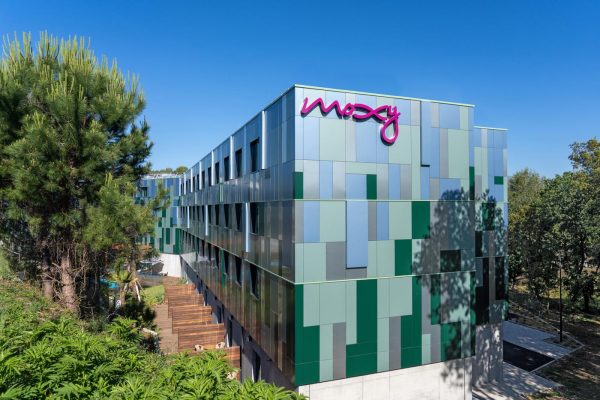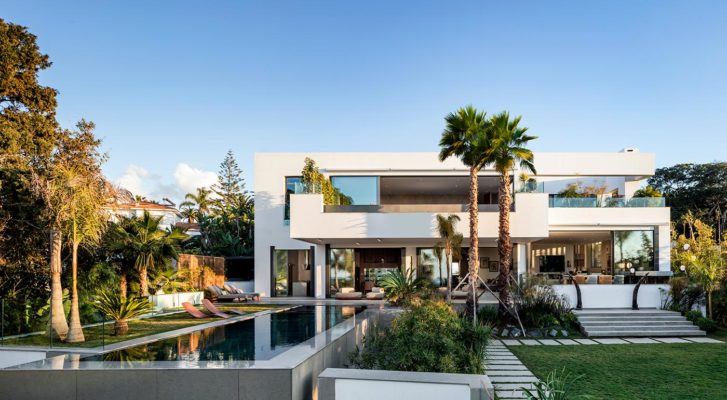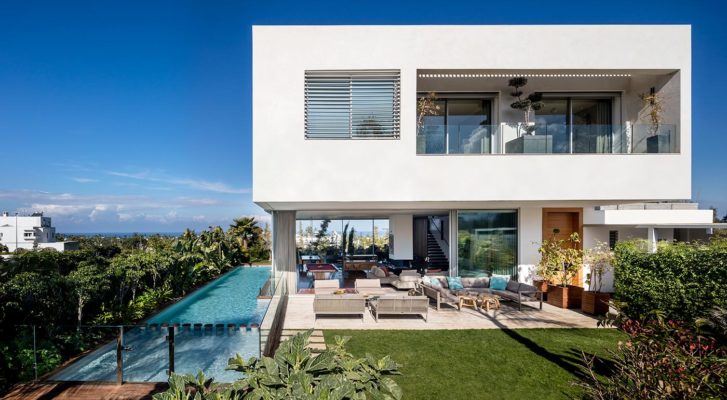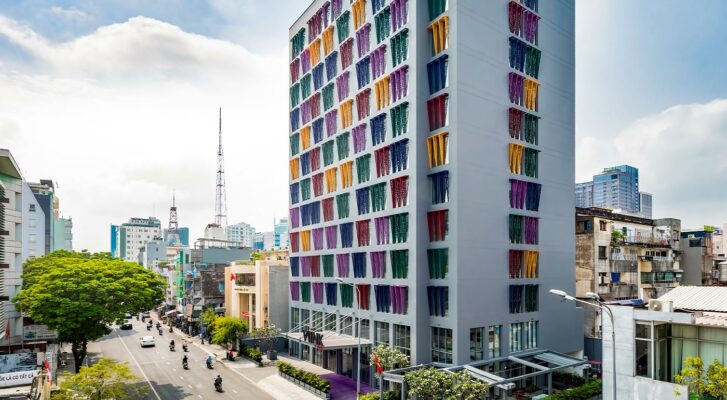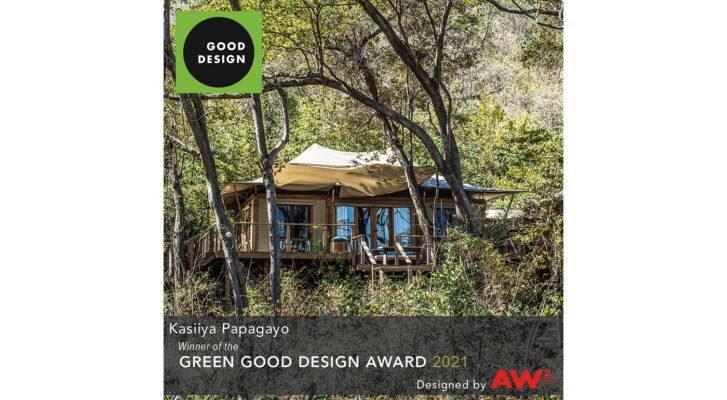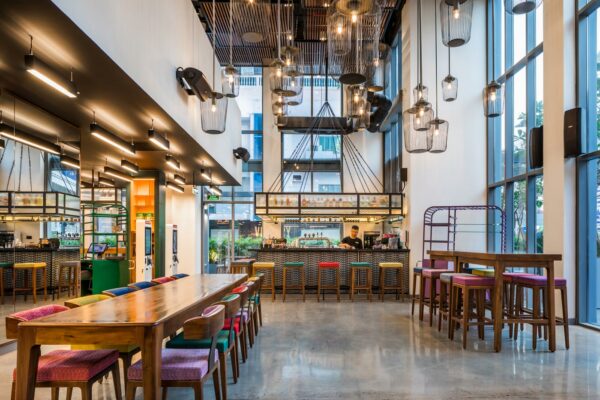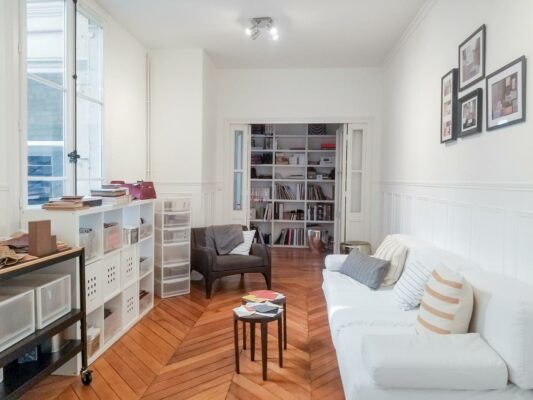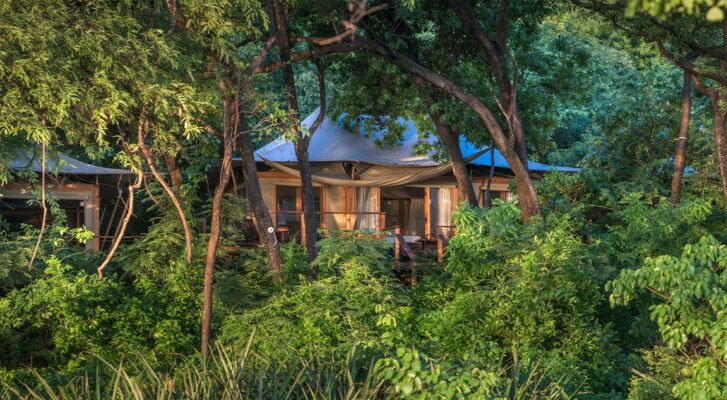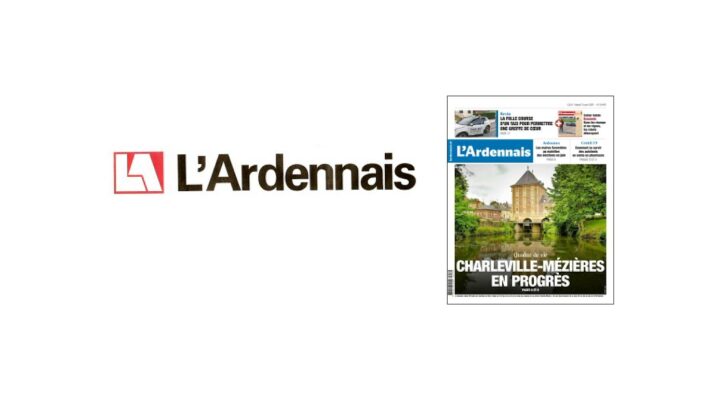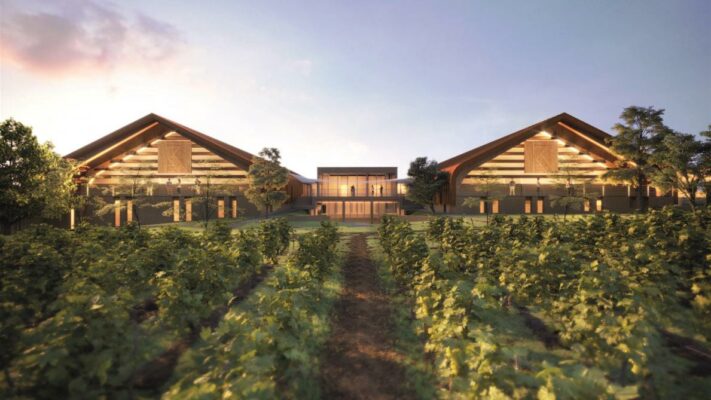There is a large stone temple, hidden for centuries in a dense forest. It’s a dreamlike landscape. Stone
The Paris-based firm AW2 has designed the interiors of the new Shirvan Métisse at Doha, a restaurant in which to sample the culinary explorations of the award-winning chef Akrame Benallal, in a voyage that begins at Shirvan, the ancient province of Azerbaijan
Like a journey on the Silk Road, across culinary traditions of the various countries encountered along the way for 8000 kilometers, a route that once connected the Chinese and Roman empires: this is the new Shirvan Métisse restaurant in Doha, designed by the Parisian architecture firm AW2 and helmed by the prize-winning chef Akrame Benallal.
“A place where people can absorb the culture of Qatar, intertwining tradition and contemporary design,” say Reda Amalou and Stéphanie Ledoux, partners of AW2. “Shirvan is an insightful study of experiential space design in which the architecture and the interiors aim to enhance the sensorial experience already provided by chef Akrame’s phenomenal cuisine.”
The venue, with an area of 600 sqm and a capacity of 140 guests, is located in the busy zone of Pearl Marina, the tourism port featuring many premium shops. The restaurant is on two levels and includes a lounge area and a bar, a spacious dining room and terrace zones where visitors enjoy a great view of the sea and the Doha skyline.
There are many references to Qatar and the Arabian tradition of architecture, blending with other influences in a voyage through the countries once crossed by caravans on the Silk Road. The protagonist of the space is a giant wall panel that resembles the mashrabiya, the wooden latticework that often adorns Arabian windows, loggias and balconies, utilized for purposes of ventilation but also as a sort of “veil” to protect privacy. Finely perforated panels are a distinctive feature of the interiors, creating intimate pathways underlined by soft lighting, provided only where necessary.
The heart of the restaurant is an octagonal two-story space, with an open kitchen offering a view of the chef at work. Olive trees and spices reference the colorful food markets of the region, floor-to-ceiling arched windows frame the view of the port, while suspension lamps in mesh with a Yemenite motif in perforated brass on the ceiling create sophisticated games of light and shadow, in a space that is transformed from day to night, offering constantly new and unique sensations.
SEE ALSO
News | Events
AW² MIPIM AWARDS 2023 FINALIST
We are finalists of the MIPIM Awards 2023! Excited to announce that Banyan Tree AlUla has been…
Feb
News | Projects
NEWLY DELIVERED: SIX SENSES CRANS-MONTANA
Located in the heart of the Swiss Alps, Six Senses Residences Crans Montana is inscribed in the…
Feb
News | Projects
DISCOVER BANYAN TREE ALULA DESIGNED BY AW²
Spaces on Banyan Tree AlUla reflect a modern and elegant style throughout the resort, combing…
Jan
News | Awards News | Events
STÉPHANIE LEDOUX AT THE CITHA 2023 IN ABIDJAN
On the occasion of the CITHA (Conférence sur l’Investissement Touristique et Hôtelier Africain), held last…
Jan
News | Press
BANYAN TREE ALULA FEATURED IN BILLIONAIRE MAGAZINE
Excited to see Shirvan Métisse Doha featured in FX Magazine latest issue highlighting top recent…
Jan
News | Events
HAPPY NEW YEAR 2023!
Reda Amalou & Stéphanie Ledoux, and the entire AW² team wish you all a Happy New Year!…
Jan
News | Awards News | Projects
AW²’S HIGHLIGHTS OF THE YEAR
As we are getting closer to the end of 2022, we are excited to look…
Dec
News | Awards News | Projects
DESIGN IN PROGRESS: ARCTIC ONE
Located in St. Moritz, Switzerland, slightly off-centre, Arctic One offers spectacular views of the lake…
Nov
News | Press
AW² BANYAN TREE ALULA PRESS HIGHLIGHTS NOVEMBER 2022
We are happy to share Banyan Tree AlUla’s latest media coverage. So far, the resort…
Nov
News | Awards News | Events
MEET AW² PARTNERS AT EQUIPHOTEL
Reda Amalou & Stéphanie Ledoux spoke during EquipHotel 2022 this past November for an afternoon of conferences. Headlining the…
Nov
News | Awards News | Projects
AW² COMPLETES BANYAN TREE ALULA
AW² completes Banyan Tree AlUla within the breathtaking landscape of the Ashar valley in Saudi…
Oct
News | Awards News | Projects
START OF CONSTRUCTIONS FOR SURPRADA FLIMS WALDHAUS
AW² designed Surprada to frame the beautiful views of the Flims valley and surrounding mountainous…
Oct
News | Press
AFEX’S PRESIDENT REDA AMALOU INTERVIEWED BY ARAB NEWS
During last week symposium in Riyadh, Kingdom of Saudi Arabia, «Designing Sustainable Cities of Tomorrow», Reda…
Oct
News | Awards
AW² OPENS AN OFFICE IN SWITZERLAND
On the 1st of July 2022, AW² opened an office in the centre of Geneva. This…
Oct
News | Awards News | Projects
COMING SOON… SIX SENSES CRANS MONTANA
Coming soon… Situated in the heart of the Swiss Alps, AW²’s Six Senses Crans-Montana 5-star…
Oct
News | Awards News | Events
LOOKING BACK ON AW² 25th ANNIVERSARY CELEBRATION
On this special evening, Reda Amalou and Stéphanie Ledoux launched AW²’s latest Monography illustrating 25 years of architecture and…
Oct
News | Awards News | Events News | Projects
AW² PRESENTS LE LOUNGE DES CHEFS AT EQUIPHOTEL 2022
Come and discover AW2’s experiential space “Le Lounge des Chefs” for the EquipHotel 2022 fair, 6-10 November…
Sep
News | Press
SHIRVAN MÉTISSE DOHA FEATURED IN FX MAGAZINE
Excited to see Shirvan Métisse Doha featured in FX Magazine latest issue highlighting top recent…
Sep
News | Awards News | Projects
PROGRESS FOR THE SIX SENSES CRANS MONTANA’S CONSTRUCTION SITE
AW2 is proud to reveal its latest hospitality project for Six Senses Hotels Resorts Spas. Situated in the heart…
Sep
News | Awards News | Awards
WINK HOTEL SAIGON SHORTLISTED FOR THE PLAN AWARDS 2022
Our project Wink Hotel Saigon Centre has been shortlisted for The Plan Awards 2022, in…
Aug
News | Awards
REPLAY THE FRAME AWARDS 2022 LIVE JURY SESSION
Earlier this month, Stéphanie Ledoux was invited to be part of the FRAME Awards 2022…
Jun
News | Events
“VOYAGE EN INTÉRIEUR” COLLECTIVE EXHIBITION ARRIVES IN PARIS
Reda Amalou's "Lanka Armchair" will be showcased at Le FRENCH DESIGN GALLERY in Paris
Jun
News | Projects
RITZ-CARLTON ZERMATT WINS PROJECT OF THE WEEK BY TOPHOTELNEWS
Located at the heart of the Swiss Alps, the 13,000 sqm 5 star-hotel resort will…
Jun
News | Press
NEW EPISODE OF THE WORLD BUILD PODCAST WITH STÉPHANIE LEDOUX
On the The latest episode of the World Build podcast welcomed Stéphanie Ledoux and designer David Tracz, co-founder…
Jun
News | Events
“VOYAGE EN INTÉRIEUR” EXHIBITION BY LE FRENCH DESIGN
On the occasion of the 60th edition of the Salone del Mobile Milano, AW² and REDA AMALOU…
Jun
News | Awards
FRAME AWARDS JURY 2022
Stéphanie Ledoux will be joining FRAME Awards judging panel which will focus on interior design.…
May
News | Awards
LUXURY LIFESTYLE AWARDS 2022
We are happy to announce that AW²’s Shirvan Métisse Restaurant in Doha is a proud…
May
News | Press
HOSPITALITY & LEISURE DESIGN – KASIIYA PAPAGAYO
Kasiiya is built on timber platforms from natural materials, it leaves no scar on its…
May
News | Press
HOSPITALITY & LEISURE DESIGN – SHIRVAN MÉTISSE DOHA
AW2 has completed work on a new restaurant in Doha, Qatar’s capital, for Michelin-star Chef…
May
News | Events
STEPHANIE LEDOUX SPEAKS AT THE AFEX MIPIM 2022 CONFERENCE IN CANNES
“FRANCE – SAUDI ARABIA : BUILDING THE FUTURE TOGETHER” On the occasion of #MIPIM2022 in…
Mar
News | Press
FINANCIAL TIMES
[…] It’s epitomised by the likes of Kasiiya Papagayo, a timber-built, solar-powered resort buried in…
Mar
News | Press
ELLE DECORATION VIETNAM
Located in the dry rainforest of Costa Rica, Kasiiya Papagayo is an eco-resort in the…
Mar
News | Press
LE MONITEUR – REDA AMALOU, NOUVEAU PRÉSIDENT DE L’AFEX
Architectes français à l’export (Afex) a élu Réda Amalou à la présidence de l’association pour…
Jan
News | Press
INTERIOR FURNITURE DESIGN MAGAZINE – SHIRVAN MÉTISSE RESTAURANT
There is a large stone temple, hidden for centuries in a dense forest. It’s a…
Jan
News | Press
WELL MAGAZINE HOSPITALITY TREND – WINK HOTEL SAIGON CENTRE
Lusso accessibile e ispirazione local al Wink Hotel, primo hotel del brand vietnamita. Divertente, dinamico,…
Jan
News | Awards
Le FRENCH DESIGN 100
We are very honored to announce that we have been awarded Le FRENCH DESIGN 100.…
Jan
News | Press
DONA ARQUITETA – PHUM BAITANG
There is a large stone temple, hidden for centuries in a dense forest. It’s a…
Jan
News | Press
COMMERCIAL INTERIOR DESIGN – SHIRVAN MÉTISSE RESTAURANT
AW2 has completed work on a new restaurant in Doha, Qatar’s capital, for Michelin-star Chef Akrame…
Jan
News | Press
HOSPITALITY DESIGN – SHIRVAN MÉTISSE RESTAURANT
Paris-based architecture and design firm AW² has crafted Michelin-starred chef Akrame Benallal’s latest culinary concept in Doha. Shirvan…
Jan
News | Press
ANDREW HARPER EDITOR CHOICE AWARDS – KASIIYA PAPAGAYO
MATA PALO, COSTA RICA — To reach Kasiiya Pagagayo, you must drive for about 30…
Jan
News | Press
MIDDLE EAST CONSTRUCTION NEWS – ASHAR TENTED RESORT
Stéphanie Ledoux and Reda Amalou speak to MEC about designing and integrating the Ashar Tented…
Jan
News | Press
PRESS REVIEW 2021
AW² presents the 2021 animated press review containing a selection of articles published in France…
Jan
News | Press
HOTELIER AND HOSPITALITY – SHIRVAN MÉTISSE RESTAURANT
AW2 has completed work on a new restaurant in Doha, Qatar’s capital, for Michelin-star Chef Akrame.…
Dec
News | Press
A + E MAGAZINE – DAR SABRA
Ranked among the most beautiful houses in the world, this hotel located in the palm…
Dec
News | Press
DESIGN MIDDLE EAST – ASHAR TENTED RESORT
Stéphanie Ledoux and Reda Amalou, partner architects at Paris-based firm AW² Architecture Workshop, discuss their…
Dec
News | Press
CONSTRUCTION BUSINESS NEWS MIDDLE EAST – ASHAR TENTED RESORT
Creating unique experiences. Interview with Stéphanie Ledoux and Reda Amalou, partner architects, AW² Architecture Workshop
Dec
News | Awards
WINK HOTEL SAIGON CENTRE FINALIST FOR THE WORLD ARCHITECTURE NEWS AWARDS 2021
Our project Wink Hotel Saigon Centre is a finalist for the World Architecture News Awards 2021 in…
Nov
News | Awards
WINK HOTEL SAIGON CENTRE WINNER OF THE MIPIM ASIA AWARDS 2021
AW² has been awarded the MIPIM Asia Awards 2021 for our project Wink Hotel Saigon Centre in the…
Nov
News | Press
LE MONITEUR – SIX SENSES CRANS MONTANA
Luxury design for 5 star hotel. In order to accommodate oversized technical equipment, a Swiss…
Nov
News | Awards News | Awards
WINK HOTEL SAIGON CENTRE WINNER OF THE INTERNATIONAL TRAVEL AWARDS 2021
We are proud to share with you the great news that our project Wink Hotel Saigon Centre…
Nov
News | Press
BAUBLATT – SIX SENSES CRANS MONTANA
Time lapse: A luxury hotel is being built here in Crans-Montana. The Intercontinental Hotels Group…
Nov
News | Press
FX MAGAZINE – INTERVIEW STEPHANIE LEDOUX AND REDA AMALOU
In a climate emergency, hotel designs need much more than beautiful design. Following the UN’s climate…
Nov
News | Press
TOUR HEBDO – CLUB MED BÉNIN
Les dirigeants du Club Med et de l’Agence du Tourisme du Bénin ont signé le…
Oct
News | Press
LE MONITEUR – LYCÉES FRANÇAIS D’AMMAN ET D’HO CHI MINH VILLE
2005-2020 : 15 ans d’architecture contemporaine pour l’AEFEL’Agence pour l’enseignement français à l’étranger (AEFE) célèbre ses plus…
Oct
News | Events
COME AND MEET US AT THE NATIONAL ARCHITECTURE DAYS !
We are opening our doors to the public for the fourth edition of our Open House…
Oct
News | Events
ARCHITECTURE FOR AW² IS …
Here at AW², we have recently spent some time thinking about how we define ourselves today,…
Oct
News | Press
BRITISH AIRWAYS HIGH LIFE MAGAZINE – SILVERSANDS GRENADA
The Caribbean is calling, but between the palm-frond beaches, cool cabanas and soothing sea dips…
Sep
News | Press
ARTFUL LIVING – KASIIYA PAPAGAYO
The World’s Top 5 Biophilic Design Hotels.Plants are having a moment. It’s a trend playing out…
Sep
News | Press
ARCHITECTURAL DIGEST – SILVERSANDS GRENADA
Why the Tiny Island of Grenada Is Luxury Real Estate’s Next Big ThingThanks to resorts like…
Sep
News | Awards
INTERNATIONAL TRAVEL AWARDS
The project has also been shortlisted for the International Travel Awards focusing on design quality in the…
Sep
News | Awards
TRAVEL AND LEISURE AWARDS
We are very proud to see two of our projects in the Top 10 Southeast Asia…
Sep
News | Awards
WORLD ARCHITECTURE NEWS AWARDS
Our project Wink Hotel Saigon Centre has been shortlisted for the World Architecture News Awards in the ‘Colour in…
Sep
News | Awards
BUILD ARCHITECTURE AWARDS
We are pleased to announce that our studio has been recognized in the Build Architecture…
Sep
News | Events
IMMERSION AT SIX SENSES CRANS-MONTANA
Currently known as one of the largest construction sites in the Swiss Alps, here is…
Sep
News | Events
RETURNING TO THE NEWLY OPENED – WINK HOTEL SAIGON CENTRE
Following the handover and opening of Wink Hotel Saigon Centre in Vietnam, the first hotel designed by…
Sep
News | Events
SAVE THE DATE – OPEN DOOR DAYS
On Saturday 16th and Sunday 17th October we will be opening our studio’s doors to the public…
Sep
News | Press
VILLE & CASALI : A VILLA IN CORSICA IMMERSED IN NATURE
Lo studio francese AW2 costruisce una casa moderna con ambienti sobri e grandi finestre affacciate sul…
Aug
News | Press
ARCHITECTURE DIGEST : 9 STRIKING NEW DEVELOPMENTS ACROSS THE CARIBBEAN
Luxury real estate in the Caribbean is booming and has been for the last year…
Jul
News | Press
DESIGNERATI : BODY, MIND, PLANET : THE WELLBEING RESORT DESIGNED FOR ALL
Kasiiya Papagayo is one of the latest luxury eco-resort projects bound to attract lockdown-weary travellers…
Jul
News | Press
TIME MAGAZINE : WORLD’S GREATEST PLACES 2021
Luxury real estate in the Caribbean is booming and has been for the last year…
Jul
News | Press
HOSPITALITY INTERIORS : MOXY SOPHIA ANTIPOLIS OPENS IN FRENCH SILICON VALLEY
French architectural practice, AW², run by Reda Amalou and Stéphanie Ledoux, has completed Moxy Sophia Antipolis, a new…
Jul
News | Press
HOSPITALITY DESIGN : MOXY SOPHIA ANTIPOLIS OPENS IT’S DOORS
The new property in France disrupts convention with eye-catching external details and minimalist public spaces. Moxy…
Jul
News | Press
RÉSIDENCE DÉCORATION : CASABLANCA ODE AUDACIEUSE À LA LUMIÈRE
Déménager sans changer d’adresse ! Juste en implantant sa résidence au sommet du terrain, et non…
Jul
News | Events
LOOKING BACK : LES LODGES CELEBRATES THEIR 5TH ANNIVERSARY!
In July 2016, AW² delivered Les Lodges, a development of 35 innovative houses in Chanteloup-en-Brie just outside of…
Jul
News | Awards
KASIIYA PAPAGAYO AND SILVERSANDS GRENADA – LIV HOSPITALITY DESIGN AWARDS
We are pleased to announce that Kasiiya Papagayo has won the LIV Hospitality Design Awards in the Architectural Design –…
Jun
News | Events
A PLAY OF LIGHT AT MOXY SOPHIA ANTIPOLIS
Designed by AW² and open since May 2021, Moxy Sophia Antipolis is a new lifestyle hotel in…
Jun
News | Press
WORLD ARCHITECTURE NEWS – WINK HOTEL SAIGON CENTRE
AW² complete Vietnamese street life inspired hotel in Ho Chi Minh City.The Wink Hotel Saigon Centre,…
Jun
News | Awards
VILLA PORTO-VECCHIO – PARIS DESIGN AWARDS
We are pleased to announce that our project Villa Porto-Vecchio with its Kebony wooden terrace has won the Paris Design…
Jun
News | Press
INVESTMENT IN TOURISM IN THE KINGDOM OF SAUDI ARABIA
The Kingdom of Saudi Arabia has now become a major investment centre for the hotel industry. Sleeper Magazine reports…
Jun
News | Events
AW² IS LIKED ON SOCIAL MEDIA!
AW² is ranked 6th in the national ratings of the most liked architecture firms on social…
May
News | Awards
ASIA PACIFIC PROPERTY AWARDS
We are pleased to announce that Wink Hotel Danang Riverside (under construction) has won an Asia Pacific Property…
May
News | Awards News | Press
LE MONITEUR : Un musée japonais décroche le Grand Prix Afex 2021
L’association Architectes français à l’export (Afex) a primé le Musée d’art contemporain réalisé par l’Atelier…
May
News | Press
LE MONITEUR : Un nouvel écrin dans les vignes pour le champagne Krug
L’agence AW2 dessine un projet d’exception : le nouveau centre de vinification de Krug, l’une…
May
News | Awards
THE GRAND PRIX AFEX
The award ceremony for the Grand Prix AFEX 2020 and 2021 took place on the 20th May…
May
News | Events
BEHIND THE SCENES AT OUR STUDIO
AW² takes you behind the scenes in our Materials Library department through a three-part tour of…
May
News | Awards
GREEN GOOD DESIGN SHOW
Our project Kasiiya Papagayo which has won the Green Good Design Award 2021 is currently exhibited at the Green Good…
May
News | Press
WORLD ARCHITECTURE NEWS : Architecture Workshop puttin’ on The Ritz-Carlton in the Swiss Alps
Architecture Workshop (AW²) has been appointed to design the project in Zermatt, a luxury resort…
May
News | Events
OFFICIAL OPENING OF MOXY SOPHIA ANTIPOLIS
Designed by AW² for Vastint, the Moxy Sophia Antipolis hotel opened its doors to guests on the 12th May. Engineers Sato et Associés accompanied…
May
News | Press
LUXURY TRAVEL MAGAZINE : 3 Luxury Mediterranean Villas for a Summer Escape
Following a year of lockdowns across the world, we’re all looking forward to a summer…
May
News | Press
LOVE HAPPENS MAGAZINE : Villa Casablanca
Whether you are designing your summer house for the entire family, or simply a place…
May
News | Events
CONDE NAST READERS’ CHOICE AWARDS – SILVERSANDS GRENADA
Our Silversands Grenada project has been shortlisted for the Condé Nast Readers’ Choice Awards in the Hotels & Resorts…
May
News | Events
EH! TALK
The eh! Talk organised by EquipHotel Paris and Delporte Hospitality is now available online. On this occasion, Stéphanie Ledoux, partner at AW²,…
Apr
News | Events
GREEN GOOD DESIGN AWARD – KASIIYA PAPAGAYO
We are pleased to announce that Kasiiya Papagayo our eco-responsible hospitality project in Costa Rica has won…
Apr
News | Press
HOSPITALITY AND LEISURE DESIGN : Wink Hotel Saigon Centre
The construction of Wink Hotel Saigon Centre, a medium-rise urban hotel in Ho Chi Minh…
Apr
News | Events
BEHIND THE SCENES AT OUR STUDIO – Focus on our Fabrics Library
AW² brings you behind the scenes in our Materials Library department through a three-part tour of…
Apr
News | Press
GLOBAL DESIGN NEWS : Kasiiya Papagayo
Reda Amalou and Stéphanie Ledoux of AW² Architecture Workshop’s eco-lodge is not a hotel, but…
Apr
News | Press
L’ARDENNAIS : Joseph 2.0, un projet d’avenir pour les cent prochaines années
Il y a une goutte d’Ambonnay dans chacune des cuvées de Krug depuis la création…
Apr
News | Events
JOSEPH 2.0 – UNDER CONSTRUCTION
Designed by AW², Joseph 2.0 – the new vinification centre for Maison Krug – is now…
Apr
News | Press
L’UNION : À Ambonnay, un nouveau site de production pour la maison Krug
Le projet « Joseph 2.0 », du nom du fondateur de la maison de champagne…
Apr
